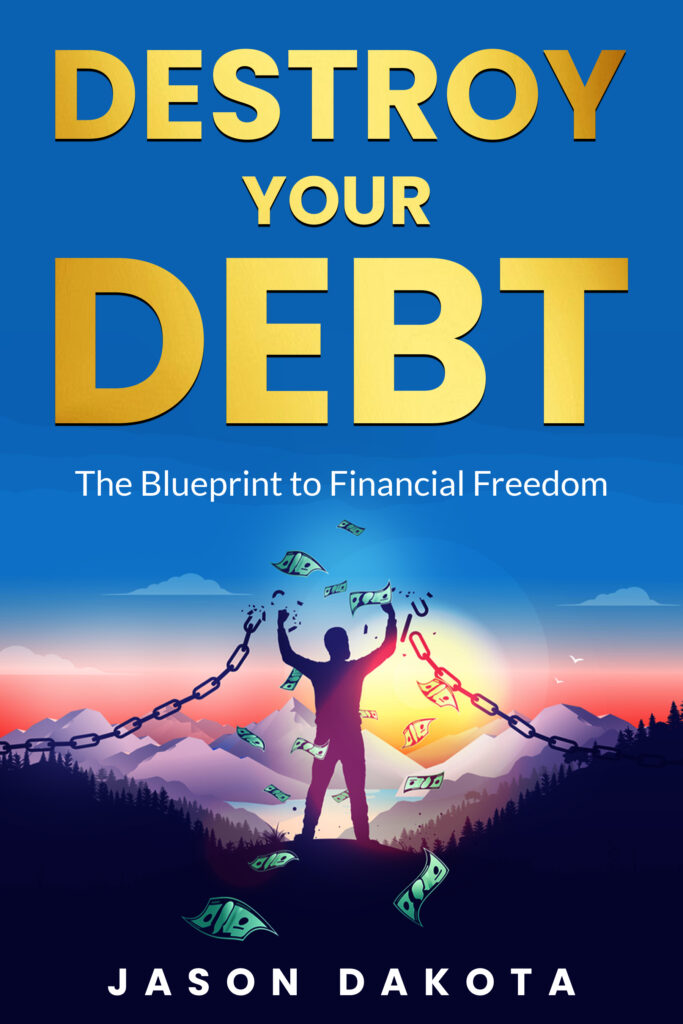
Understanding The Types of Bankruptcy: A Comprehensive Guide to Financial Renewal and Legal Protection
One of the most frequent questions I get is about bankruptcy. Bankruptcy is more than just a financial last resort—it’s a legal mechanism designed to offer individuals and businesses a fresh start when overwhelming debt becomes unsustainable. This comprehensive guide will walk you through the complex world of bankruptcy, helping you understand its nuances, implications, and potential paths to financial renewal. There are different types of bankruptcy, and it can be confusing.
What is Bankruptcy?
Bankruptcy is a legal process that provides individuals or businesses relief from certain debts while offering creditors an opportunity to receive partial repayment. Governed by federal law in the United States, bankruptcy serves as a critical financial safety net for those experiencing severe economic hardship.
Types of Bankruptcy: A Detailed Breakdown
Chapter 7 Bankruptcy: Liquidation Strategy
• Fastest bankruptcy process (typically 4-6 months)
• Eliminates most unsecured debts
• Requires passing a means test
• Assets may be sold to repay creditors
• Best for individuals with limited income and few assets
Chapter 13 Bankruptcy: Reorganization Plan
• Allows debt restructuring over 3-5 years
• Protects assets from liquidation
• Ideal for individuals with steady income
• Enables catching up on mortgage or car payments
• Preserves credit score better than Chapter 7 Bankruptcy
Chapter 11 Bankruptcy: Business Restructuring
• Primarily used by businesses
• Allows companies to reorganize and continue operations
• Develops a plan to reduce debt and improve profitability
• Provides breathing room for financial restructuring
Financial and Legal Consequences of Bankruptcy
Declaring Bankruptcy:
• Immediate halt to creditor collection actions
• Potential discharge of significant debt
• Temporary credit score impact (7-10 years)
• Loss of certain assets in Chapter 7
• Potential difficulty obtaining future credit
Not Declaring Bankruptcy:
• Continuous creditor harassment
• Risk of wage garnishment
• Potential legal lawsuits
• Mounting interest and penalty fees
• Long-term credit score damage
• Increased stress and financial uncertainty
Preparing for Bankruptcy: Essential Steps
- Comprehensive financial assessment
- Credit counseling certification
- Gathering necessary documentation
- Consulting with a bankruptcy attorney
- Understanding exemption laws in your state
Alternatives to Bankruptcy
• Debt consolidation
• Negotiating with creditors
• Debt management plans
• Personal loan refinancing
• Credit counseling services
Frequently Asked Bankruptcy Questions
Q: How long does bankruptcy stay on my credit report?
A: Typically 7-10 years, depending on the bankruptcy type.
Q: Can I keep my home during bankruptcy?
A: Depends on state exemption laws and bankruptcy chapter.
Q: Will bankruptcy eliminate all my debts?
A: No, certain debts like student loans, alimony, and recent tax obligations typically remain.
Conclusion: A Path to Financial Renewal
Bankruptcy isn’t a failure—it’s a strategic tool for financial recovery. By understanding the process, types, and implications, you can make informed decisions about your financial future.
Feeling overwhelmed by debt? Schedule a free consultation with a bankruptcy professional to explore your options and develop a personalized strategy for financial recovery.
Disclaimer: This article provides general information about the different types of bankruptcy and should not be considered legal advice. Always consult with a qualified bankruptcy attorney for personalized guidance. Reminder to check out my new book about being debt free and becoming independent and wealth building options. Just click on the orange book symbols on the side of my website or check it out on Amazon here: https://amzn.to/4jUXMOP and check out my blog for more information about credit card debt management: https://www.rescheduledebt.com/category/credit-card-debt-management/


